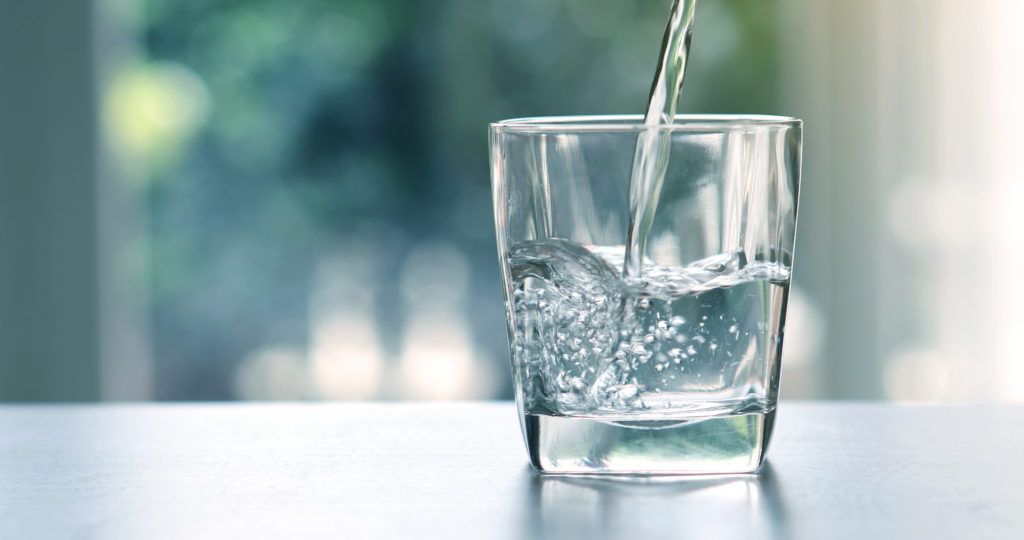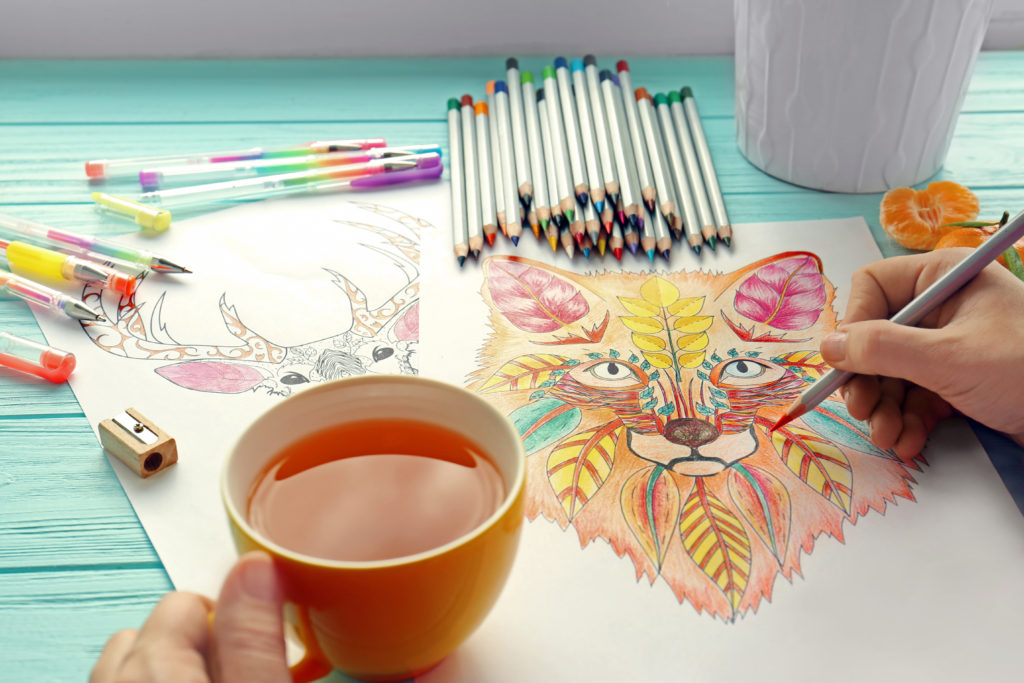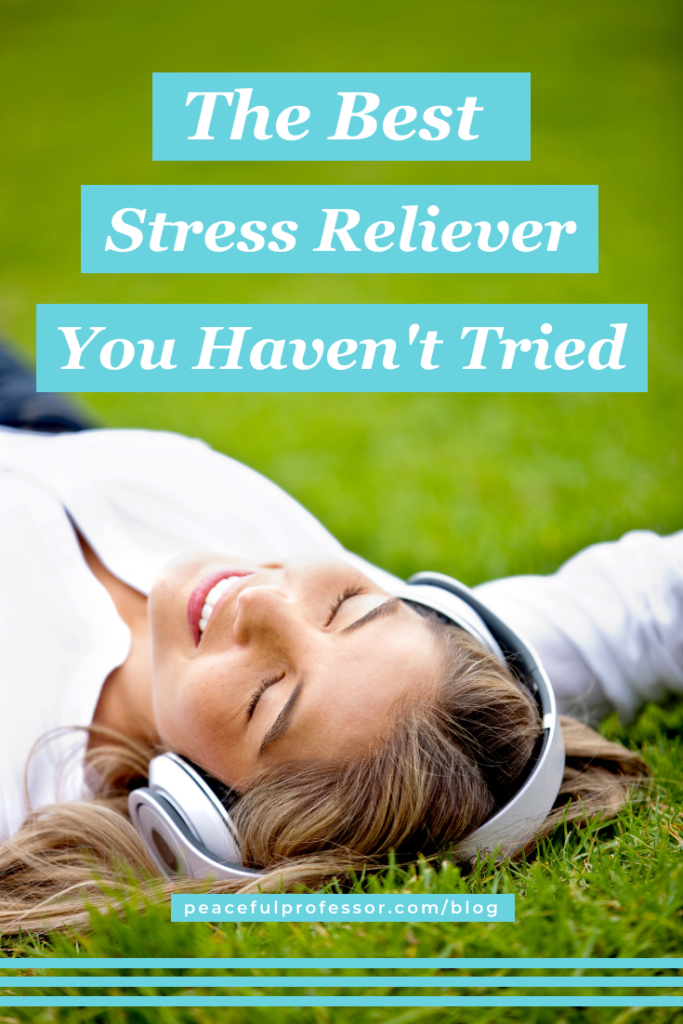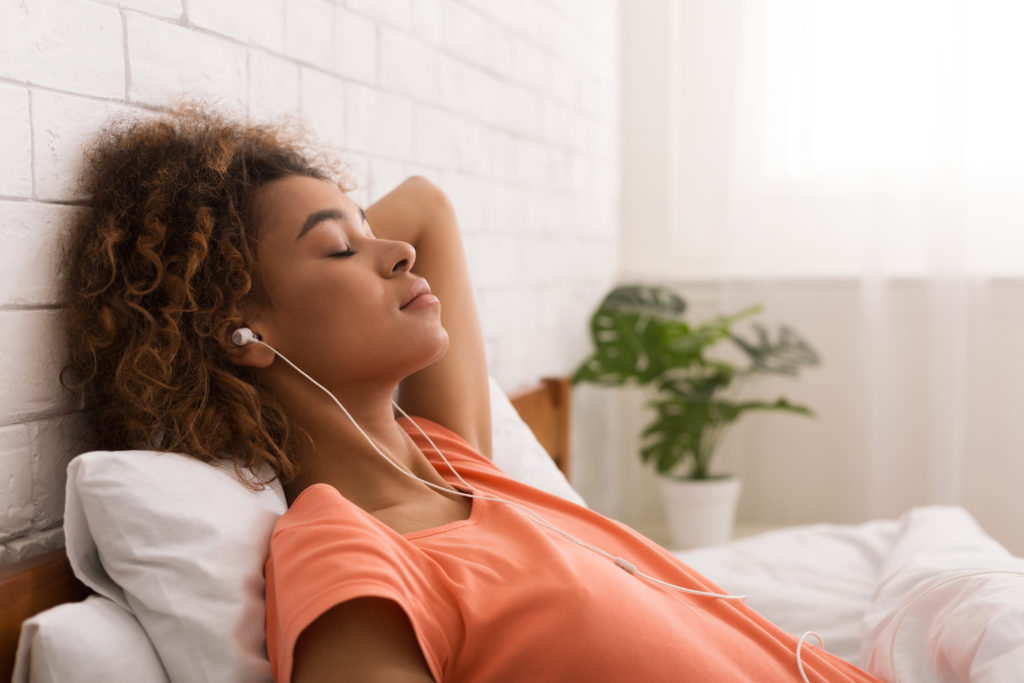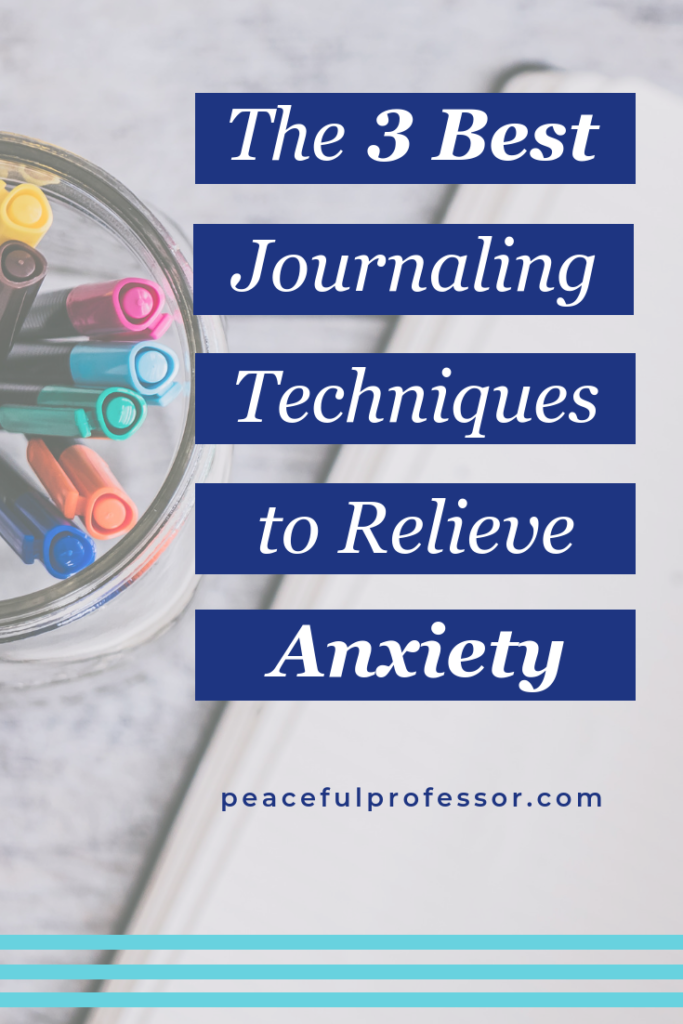8 Healthy Ways to Cope with Mask-Wearing
We all want to be healthy, protect our loved ones, and help stop the spread of COVID-19. But achieving this has required us to adopt numerous changes in our lives, many of which can feel quite restrictive such as following social distancing guidelines and wearing masks. Over time, these safety measures can become much more than “annoyances” and start to negatively affect our mental health. If you’ve been feeling particularly anxious, overwhelmed, or down, please read on for some helpful coping strategies. But first, let’s discuss why mask-wearing can be particularly tough on our mental wellbeing.
The Impact of Mask-Wearing on Mental Health
There are many reasons why mask-wearing can feel difficult. From an evolutionary perspective, being able to see and analyze facial expressions has evident survival value. We are programmed to notice facial features and evaluate (often in a split-second) everything from attractiveness to mood to intent. So when half our faces are covered, this makes “reading” people more difficult and, therefore, can increase our uncertainty and anxiety. After many months of interacting with people wearing masks, it can even start to feel dehumanizing.
In addition, covering the nose and mouth with a mask can interfere with normal breathing patterns. For those who suffer from panic attacks, not being able to breathe properly can heighten anxiety even more. Wearing a mask can also inspire feelings of claustrophobia or trigger sensory overload from the materials constantly rubbing against the skin. And at a very basic level, masks are a visual reminder of the virus and that danger is lurking everywhere. This is scary stuff!
To make matters worse, we don’t have access to all of our usual comforts, such as going to a movie, working out at the gym, or meeting a friend for coffee (and a big hug!). Because of this, we may end up relying on other, less healthy ways to cope with the heavy emotions we’re experiencing. So how can we ensure that we’re implementing healthy coping strategies?
Before I address that, I want to stress that my intention is not to make anyone feel ashamed about how they are currently coping. Most of us have never experienced anything like this before so we may be struggling to know what to do to make ourselves feel better. That’s okay. My intention is simply to encourage us to be more mindful about how we’re practicing self-care to ensure our practices are truly making us feel better.
So…healthy versus less healthy coping strategies. What’s the difference?

Healthy vs. Less Healthy Coping
Healthy and less healthy coping mechanisms can look very similar on the surface. It really comes down to the intention behind the action and how it ultimately affects your wellbeing. So, ask yourself, why am I doing this and how does it really make me feel?
Healthy coping strategies make you feel relaxed, happy, and good about yourself. You use the strategy intentionally and consciously to improve your mental and/or physical state.
On the other hand, less healthy coping strategies often leave you feeling numb, unsatisfied, or even worse than you did before. Typically, you use these coping mechanisms without much intentionality or thought. You simply fall back on them and they leave you without any real relief or resolution.
Let’s use food as an example. Comfort food got its name for a reason. It’s comforting!
When used as a healthy coping mechanism, we intentionally choose a food that makes us feel truly nourished or genuinely comforted. We’re able to stop eating the food once we get that mood boost. And we’re left feeling uplifted, satisfied, or even grateful.
In contrast, if we’re using comfort food as an unhealthy coping mechanism, we’re typically eating it to numb our feelings. When we do this, we usually don’t end up feeling better. We may get an immediate hit of pleasure from the food, but then we keep eating even after that mood boost has passed. We’re often left feeling frustrated, empty, or icky.
Same comfort food. But the intention behind eating it is different. Thus, the outcome is different.
So think about some of the ways you’ve been trying to cope with the fear, stress, uncertainty, and boredom that accompanies social isolation and mask-wearing. Are you binge watching Netflix shows? Drinking a lot of alcohol? Spending hours watching the news or scrolling through social media?
Take a moment to think about why you are doing these things and how they truly make you feel. If they genuinely make you feel comforted and happier, that’s great. But if they make you feel numb, lethargic, or restless, perhaps it’s time to reconsider your go-to stress-relievers.
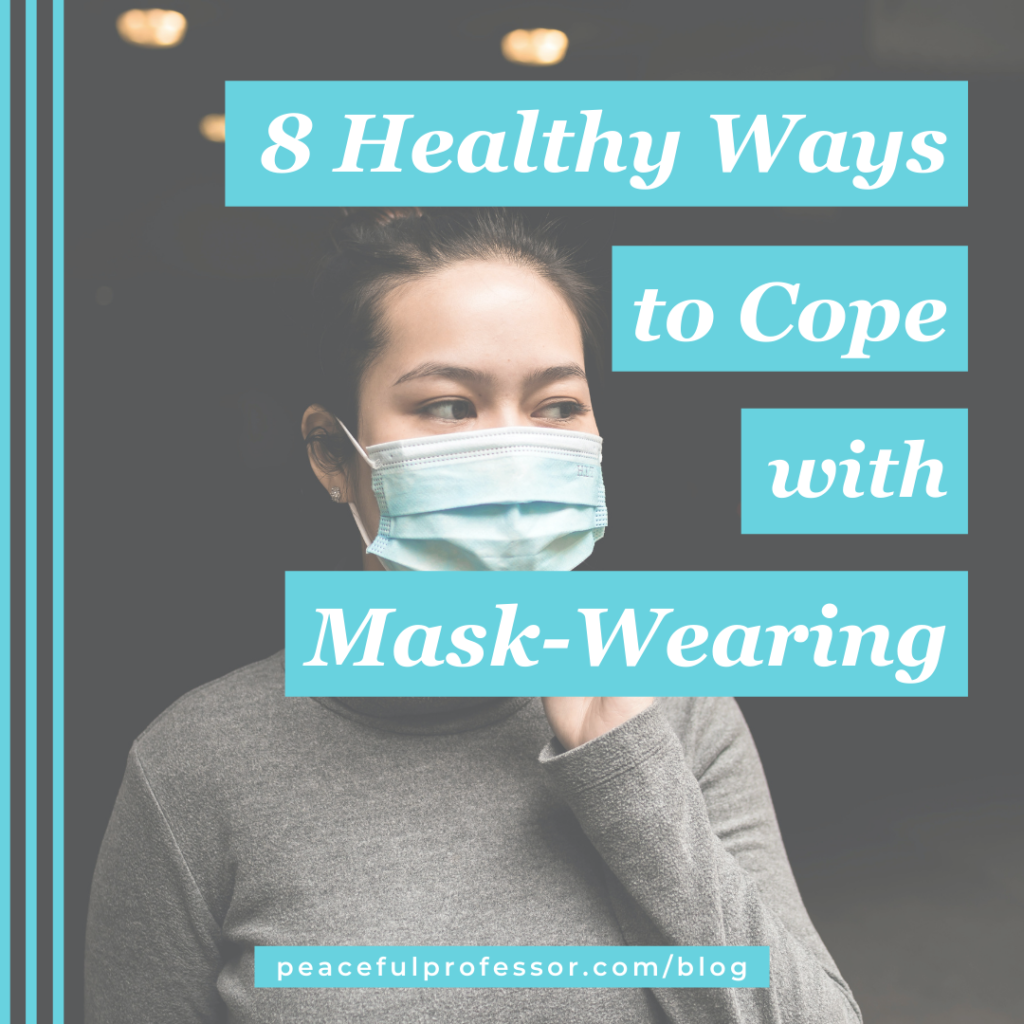
Healthy Coping Strategies for Mask-Wearing
Here are suggestions for healthy strategies to cope with mask-wearing and other stressors:
- Take in the fresh air before and after wearing a mask. Prioritize setting aside a few minutes to go somewhere outside, away from others, where you can take off your mask and just breathe. If you cannot get outside, find a place away from people (the bathroom, perhaps?) where you can take off your mask and breathe normally. This would be a great time to practice a breathing exercise, such as box breathing or 4-7-8 breathing.
- Experiment with different mask styles. If the mask you have is especially uncomfortable, try different fabrics or different ways to secure the mask (e.g. around the ears, tied behind your head, etc.). Also, make or buy masks that reflect something about who you are or what you like. This can make the mask feel a little more fun and communicate something about your personality to others.
- If you start to feel your anxiety rise, try a grounding exercise. For example, pay close attention to your non-human surroundings such as billboards or other advertisements, scents from a coffee or sandwich shop, the sound of cars driving by, the feel of the grass or a park bench against your skin. There are many grounding techniques you can try. Experiment with them and find one that works for you.
- Try to distract yourself in ways that are both calming and engaging. Creating something is one of the best ways to accomplish this – write, draw, sing, paint, knit, journal, arrange flowers, decoupage, color in a coloring book…There are an abundance of options. Not feeling creative? Try listening to a guided meditation or ASMR video on YouTube.
- Share your feelings with people you trust. You might not be able to have an intimate face-to-face conversation with your best friend, but you can talk over the phone, Zoom, FaceTime, text message, etc. It’s definitely not the same, but it still helps to talk to someone who cares about you and will listen to your concerns.
- If you choose to socialize in person, it’s important to still avoid venues where people are closely gathered such as bars and clubs. Choose outdoor activities if possible which will allow you to maintain space between you, such as having a few friends over for a backyard fire pit, going for a walk or hike, or playing frisbee in the park. Being outdoors is not only slightly safer but it can be a mood boost all on its own.
- Try new strategies to make or maintain friendships. For those of you in school, if you’re having a tough time connecting with others and forming relationships, Sarah Pennington from Segue to College offers wonderful advice about making friends during COVID-19.
- Experiment with different ways to connect with people. Try using your voice, eyes, gestures, and body language to compensate for what you aren’t able to show through other facial expressions. We can still be pleasant and offer acknowledgement to one another despite our masks. If you’re finding it difficult to communicate with people while wearing a mask and that is causing you frustration or anxiety, check out these fantastic tips from Katie Azevedo of School Habits.
- Interested in more coping strategies? Check out my post Self-Care for Tough Times.
Once again, I want to stress that it’s important to recognize that coping strategies and habits are not inherently good or bad, right or wrong. It’s all about the intention behind them and how they make you feel. What works for one person will not work for another.
This is not the time to feel guilty about the coping strategies you are using. My goal is simply to encourage us to be more mindful about how we’re practicing self-care and to ensure those practices are helping us to feel healthier and happier both in the moment and in the long run. We need to take care of ourselves now more than ever.
Ginny Maril, a psychologist at The University of Texas at Austin Counseling and Mental Health Center, offers this analogy:
“Pretend you’re driving down the road. Your check engine light comes on. You’re given a choice: You can stop and call for help. You could drive to the nearest mechanic. You can also just ignore it and keep on driving. If we ignore the light, chances are the consequences are going to be much worse than if we just pulled over or got our oil changed. Same thing goes for us as people.”
Simply put, self-care is essential during times like these. So as you reflect on your own coping strategies, ask yourself, why am I doing this and how does it really make me feel? If something doesn’t genuinely make you feel better, try a different technique. And please remind yourself that while wearing a mask can be uncomfortable, it helps to keep you safe and is also an act of compassion for others.
This post is part of a 4-part series about navigating various aspects of school during the time of COVID-19. Check out the other resources in this series:
- Segue to College: Making social connections during COVID-19
- School Habits: 9 Tips for Communicating in the Classroom while Wearing a Mask
- Collegehood Advice Podcast: 3 Ways COVID-19 is Getting You Ready for College and Career


